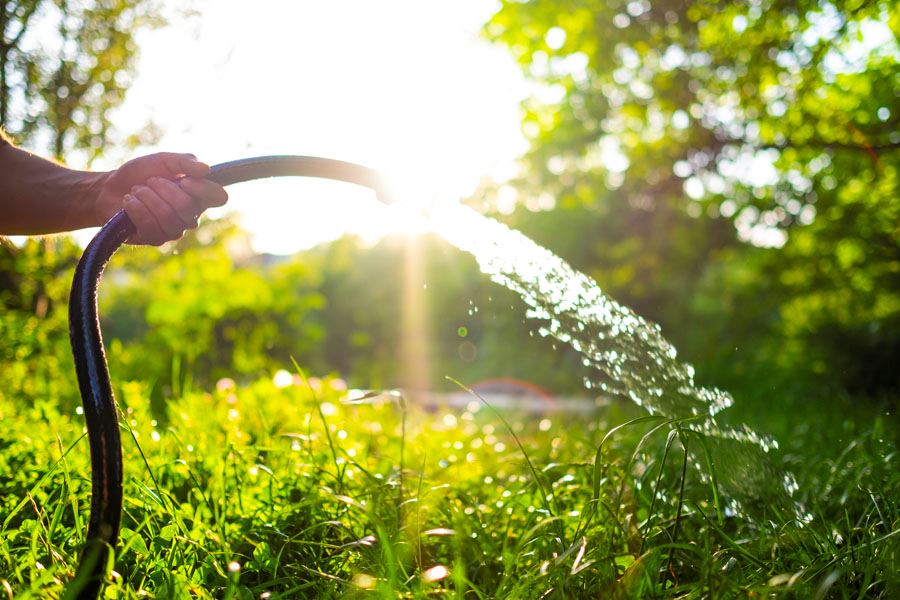Phthalates
Well, what exactly are phthalates? It is a group of substances that are used to make plastics and rubber soft and supple, which are important properties when they are to be used in different areas.
What is less good?
Phthalates added to plastic or rubber materials are not tightly bound to the plastic and can leach out of the material throughout the product's lifespan. In this way, they can be absorbed by your body. Not all phthalates are harmful, but some are known or suspected to be endocrine disruptors, which may make it more difficult to conceive. New research has also shown possible links between phthalates and behavioural impairments and allergy-related diseases in children.
In the EU, the use of the most hazardous phthalates is regulated by prohibition or restriction. Other phthalates are not restricted by legislation. Additionally, older products or those manufactured outside the EU may still contain phthalates that are considered hazardous.

Where to find phthalates?
Phthalates can be found in vinyl/PVC flooring, garden hoses, toys (especially in older ones), beach balls, prints on clothing, wallpaper, electrical cables, gym balls, building materials, exercise mats, cosmetics and paint.
What does the Nordic Swan think about phthalates?
The Nordic Swan Ecolabel adheres to the precautionary principle. This means that, where there is not enough information about how a substance affects humans and the environment, we choose to exclude it rather than allow it. For phthalates, the Nordic Swan Ecolabel has a general ban on all phthalates in our product groups. However, there may be very limited exceptions where there are no options with the required functionality. However, in products such as cosmetics (this is also regulated by legislation), toys, paints, flooring, textiles and dialysis bags and tubes, phthalates are banned.